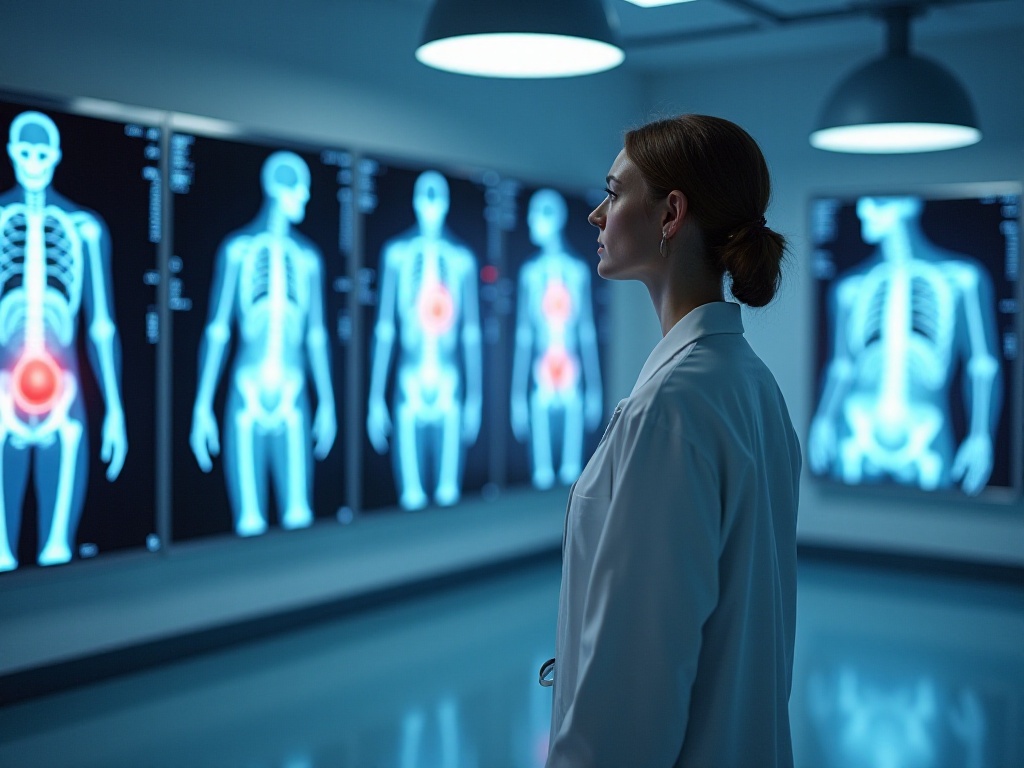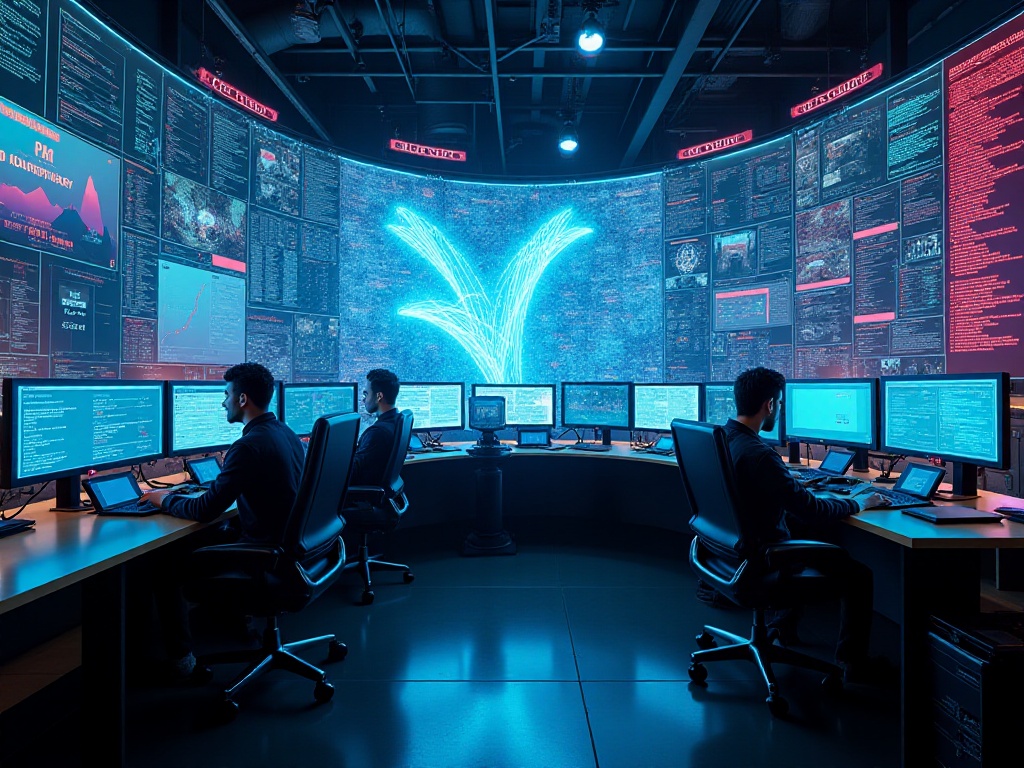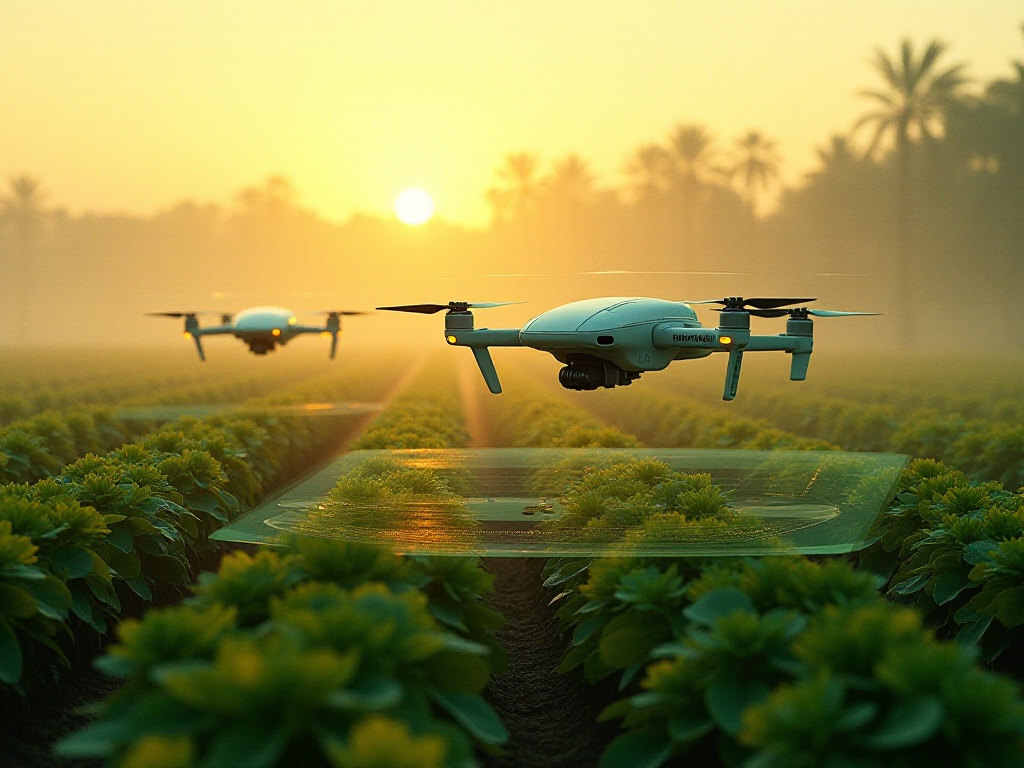Opening Chat
Recently, all my friends have been discussing a super hot topic - AI video creation. To be honest, I initially thought this was quite distant from ordinary people like us, but with the emergence of various AI tools, even beginners like me can easily get started. It's really fascinating! I remember the first time I used AI to make a video, I was as excited as if I'd discovered a new world.
You know what's most amazing now? Just about anyone interested in video, with only a regular computer and a few AI tools, can create effects that previously required a professional team. I recently posted an AI-created video on a short video platform that got over 500,000 views, which shocked me into investigating what exactly happened.
Technical Analysis
Speaking of AI video creation technology, recent developments have been truly mind-blowing. OpenAI's newly released Sora is absolutely groundbreaking - when I first saw its generated videos, I almost thought I was watching movie trailers. It can generate one-minute-long HD videos with cinematic quality comparable to Hollywood productions.
Meta's Make-A-Video is also impressive. Although it generates shorter videos, its creative possibilities are absolutely mind-blowing. The other day, I tried generating a flying Corgi, and the result was incredibly cute - my WeChat Moments shares went through the roof.
Speaking of experimental experiences, I have endless stories to share. Once, on a whim, I tried using AI to recreate a romantic scene from my imagination - a ballerina in a white tulle dress dancing inside a transparent crystal ball. Honestly, I didn't expect much, but the AI-generated result completely amazed me. The crystal ball's transparency, the dancer's graceful movements, and the surrounding ethereal lighting effects were all incredibly perfect in every detail.
These tools are advancing so rapidly, it feels like there are new breakthroughs every few days. Current AI can not only understand simple scene descriptions but also accurately capture emotions and atmosphere in images. For instance, if you want to depict "a lonely guitarist playing on an empty beach at dusk," AI can perfectly recreate that slightly melancholic mood.

Practical Methods
Through several months of practice, I've finally developed a fairly reliable production process. Honestly, I took quite a few wrong turns at the beginning. I remember once taking on a tourism promotional video project, thinking I could handle everything with AI. I ended up spending several days just figuring out how to combine various tools, almost missing the deadline.
However, persistence pays off, and now I'm proficient at combining various AI tools effectively. Take a recent promotional video I made for a Jiangnan ancient town - here's how the process went: First, I used Midjourney to generate various town scenes, from misty mornings to lantern-lit evenings, each period expressing a different charm. This step really tests your copywriting skills, as you need to use precise words to describe the visual effects you want.
After generating the static images, it's time for the magic to happen. Using Runway to add dynamic effects brings the static water town to life: small boats gliding along canals, red lanterns swaying gently in the wind, distant cooking smoke rising slowly. Finally, adjust the rhythm with editing software, add music, and the piece is complete.
You might not believe it, but this project took less than two days from concept to completion. Traditional production methods would require several days just for location scouting, set design, and filming. Most surprisingly, the client approved the final cut immediately, without requesting any revisions.
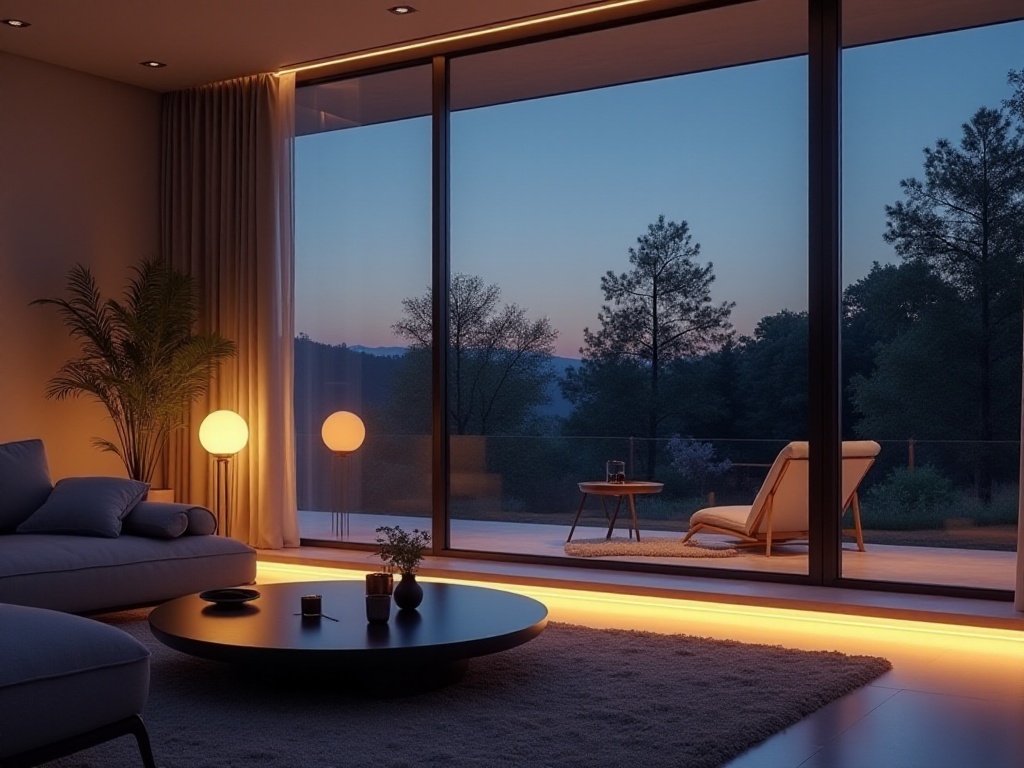
Monetization Approaches
Speaking of making money, this is truly exciting. I have a friend who formed a three-person team specifically for handling corporate and government video production projects. Previously, using traditional methods, they could only take on two or three projects per month. Now, with AI tools, their efficiency has tripled. Most impressively, they earned over 200,000 yuan in just seven months.
In the traditional video industry, a decent promotional video would cost at least several hundred thousand yuan to produce. Now, with AI tools, they can significantly reduce costs while increasing production efficiency. This not only allows them to take on more orders, but client satisfaction has also noticeably improved. Due to the nature of AI tools, they can quickly generate multiple options for clients to choose from and make real-time adjustments based on feedback.
However, to be honest, monetizing AI video creation isn't that easy. I know several friends who initially came for quick profits but had to switch careers due to not understanding market demands and inconsistent work quality. So I suggest thoroughly researching market needs and finding your positioning before entering the field.
Here's a tip: start with simple short video content. For example, product showcase videos for local shops or scenic area videos. These projects have relatively low barriers to entry, but if done well, you can build up a substantial client base. I started by making product videos for a friend's bubble tea shop before gradually taking on larger projects.

Experience Summary
Looking back on this journey of learning AI video creation, I've gained many insights. Although AI tools have lowered the entry barrier, creating truly excellent work actually demands higher creativity and aesthetic standards. Because while everyone can use these tools, the key is how you use them innovatively.
I know a content creator who's doing exceptionally well, specializing in AI-generated sci-fi short videos. Starting with just a few hundred followers, he now has over 500,000 due to his unique creativity. He told me the key is finding your own style rather than simply imitating others.
For beginners, I recommend starting with short videos. Spend an hour each day using AI tools to generate 15-second scene videos. The results might not be ideal at first, but progress comes quickly with persistence. This is how I transformed from a complete novice to someone capable of independently completing commercial projects.
During the learning process, I discovered that what matters most isn't the tools themselves but how you use them. For instance, how to write accurate prompts when generating images with Midjourney; how to control movement amplitude and speed when adding effects with Runway; how to manage overall rhythm in post-production editing. All these require constant practice and reflection.
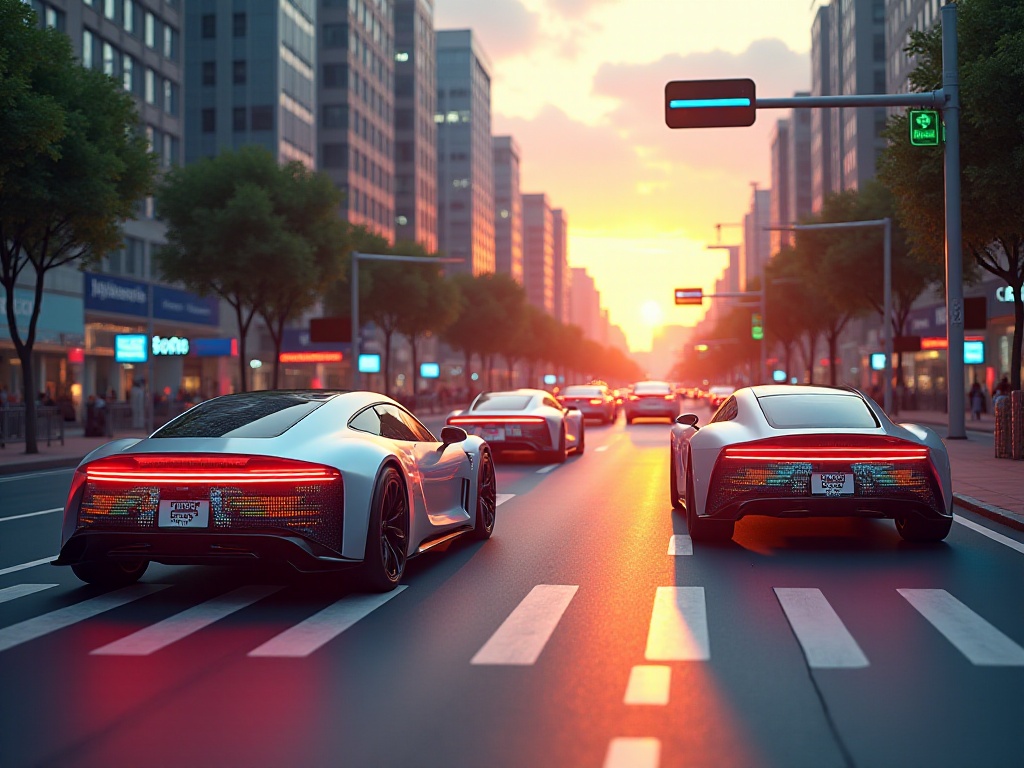
Future Outlook
Looking ahead, the development of AI video creation is truly exciting. As top-tier tools like Sora continue to emerge, the entry barrier for video creation will keep lowering, while opportunities will multiply. I believe more specialized application scenarios will definitely emerge.
For instance, in education, AI can help teachers quickly create personalized teaching videos. Imagine a physics teacher only needing to input teaching content for AI to automatically generate corresponding experimental demonstration videos - this would greatly enhance teaching effectiveness.
In marketing, AI video creation has great potential. Many brands now pursue personalized marketing, but traditional video production methods are too expensive to meet this need. With AI tools, brands can quickly generate customized marketing videos for different user groups.
What excites me most is the potential application of AI video technology in live streaming. I've been researching how to apply real-time AI video generation to live broadcasts. Imagine streamers generating visual effects in real-time through text input - this would revolutionize the live streaming industry.
Moreover, with the popularization of 5G technology and increased computing power, AI video generation will become faster with better quality. Perhaps in the near future, we'll all be able to easily create video effects rivaling Hollywood productions.
This field is developing so rapidly that every time I think I've mastered something, more impressive new technology appears. But that's exactly what makes it exciting - you never know what possibilities the next breakthrough will bring.
As an ordinary creator who has personally experienced this industry's development, I'm really looking forward to seeing more interesting applications. I hope more people interested in video creation will join in, letting us witness and participate in this technological revolution together.


